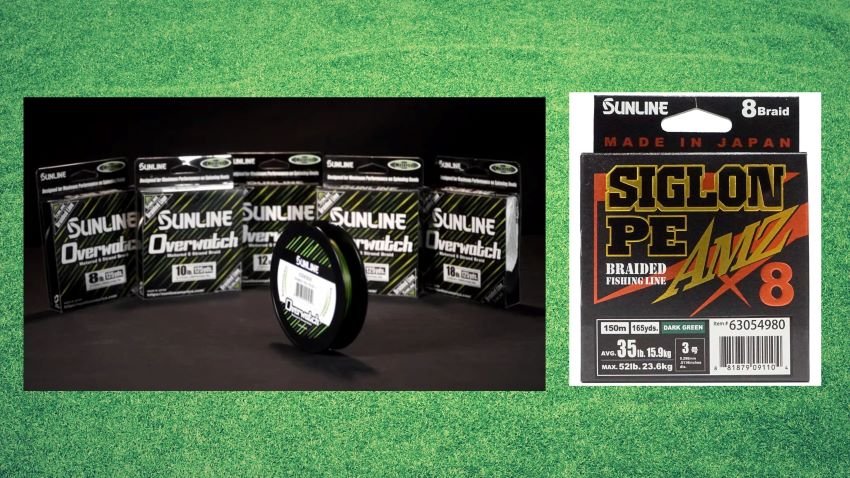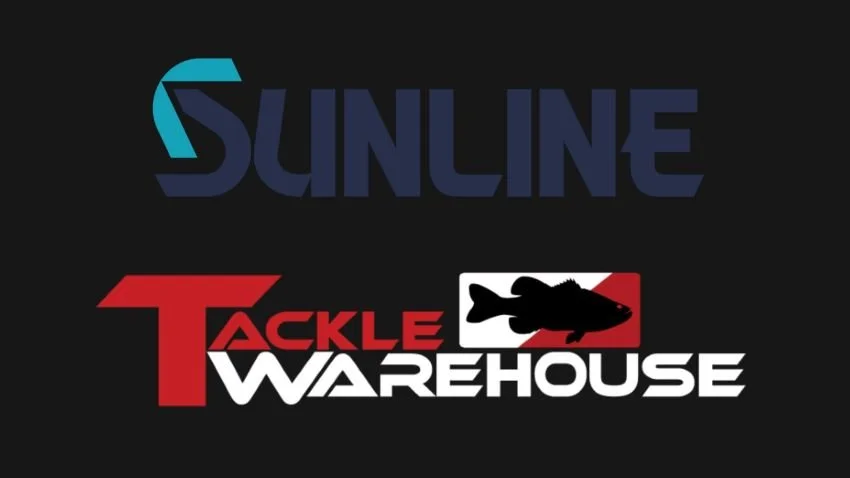Three Sunline Tips from 2023 Elite Series Angler of the Year Kyle Welcher
It took a near flawless system of equipment for fourth year Elite Series pro Kyle Welcher to beat a stacked field for the Angler of the Year title. A big part of that success resulted from his tactical use of Sunline’s various products. He uses their braids and fluorocarbons for 99 percent of his fishing, the rare exceptions being when he employs monofilaments for small poppers or prop baits.
Many anglers can exclusively use Sunline’s premium products – like Shooter or Sniper in fluoro, and AMZ and Overwatch in braid – and be reasonably successful. Indeed, Welcher goes through thousands of yards from those lineups in his daily tournament fishing. However, at the Elite level, or even if you’re just an avid and serious weekend competitor, small percentages can make a huge difference. That’s why Welcher breaks his system down even further.
He won the AOY title by less than 30 points, just a few positions per event, and line played a big role in his confidence, performance and execution. For the weekend angler, it may be difficult to discern when it’s worth it to use one of the company’s specialty lines. In addition to Sunline’s “all purpose” tools, they have some specialized versions for cranking, saltwater fishing, cranking, and especially for leader applications.
Here are a few of his notes on how he chooses the particular lines that work best for specific situations:
Braid – Four-Strand vs. Eight-Strand
When choosing from among Sunline’s braids, the first distinction the Welcher makes is whether it’s a four-carrier or eight-carrier product. That means exactly what it sounds like: the braid either consists of four or eight fibers woven together.
“The have different properties,” he said. “When I’m around heavy cover and casting a swim jig, a Speed Worm or a frog around matted cover, I want four-strand. It’s rougher, and acts like a saw, with a little bit higher breaking strength. As you go a little bit lighter, it cuts even better.”
The eight-carrier braids tend not to cut as well. They’re still ok for techniques where that’s a benefit – better than fluorocarbon and monofilament – but because they don’t dig in as well they’re exceptional for wood-oriented presentations – like pitching to wood or skipping bushes.”
For baitcasting purposes, he usually employs 30, 50 and 60 pound test braid. The lightest versions are for buzzbaits and applications away from heavy cover. The mid-range braid is for casting presentations, and may get the widest use. Finally, he uses eight-strand 60-pound test for punching thick vegetation. That’s because the four-strand is louder, and he doesn’t like “the sawing noise” that it makes as he jiggles his jig or soft plastic under the mat.
Sunline Tornade V-Hard FC Fluorocarbon Leader
While several different Sunline fluorocarbons make fine leader material, recently Welcher has been relying more heavily on their Tornade V-Hard FC. It comes in 54 yard spools, in strengths from 4-pound test to 16-pound test (including “in-between” sizes such as 5-, 7-, 9- and 11-pound test) and it was specifically designed to be “the most abrasion resistant finesse fluorocarbon material on the market.”
Not only does it handle splintered wood and sharp rocks exceptionally well, but Welcher said that even casual anglers should lean on it when they’re weeding through numbers.
“It has a little more stretch than some of the others, but that additional abrasion resistance means that it doesn’t get scarred up from cover or from the teeth of the fish.” He still reties frequently, but noted that this line simply doesn’t get diminished as quickly as other lines of the same advertised strength.
Sunline Tepa Tapered FC Leader
This year at ICAST Sunline borrowed from the fly fishing world and introduced their Tepa FC leaders, a 10-foot leader package that is not consistent strength or diameter from one end to the other. Instead, it goes from 8 to 12, from 10 to 16, from 16 to 26, and so on. Unlike fly fishing, where that taper can serve to turn the fly over, in this case it can serve a more specialized purpose.
“With forward-facing sonar, you may see a brushpile that’s 80, 90 or 100 feet away,” Welcher said. “In order to make that long cast effectively, you want a small knot between your leader and your main line, but you also need stronger, more abrasion-resistant line in the brush. This allows you to have a thinner line at the connection end and then have that greater strength in the brush. It’s the best of both worlds.”









